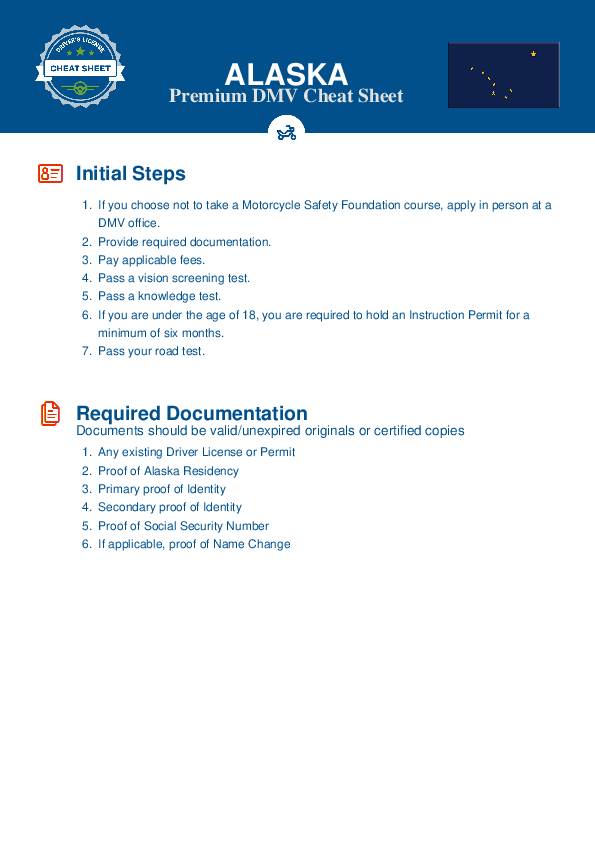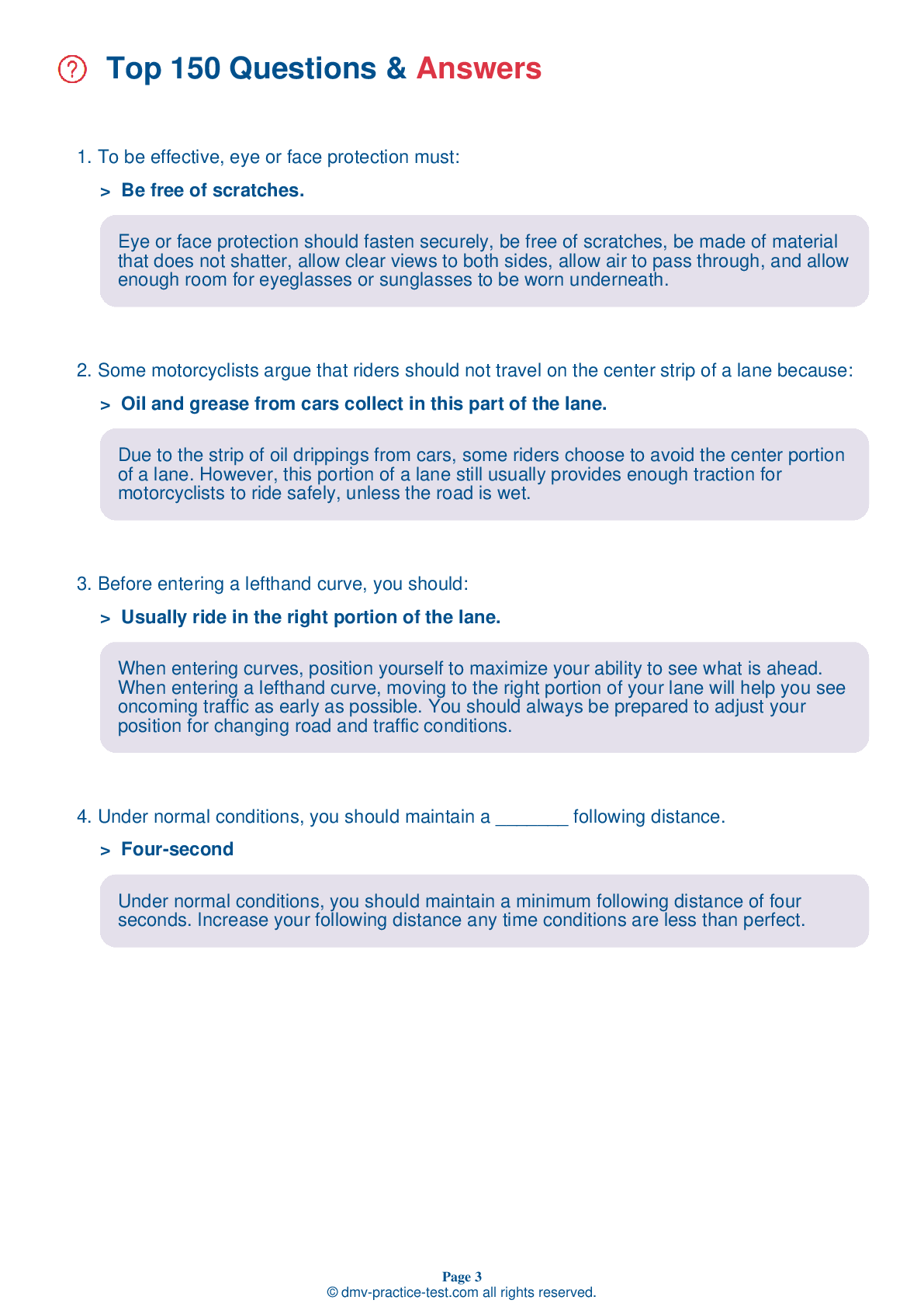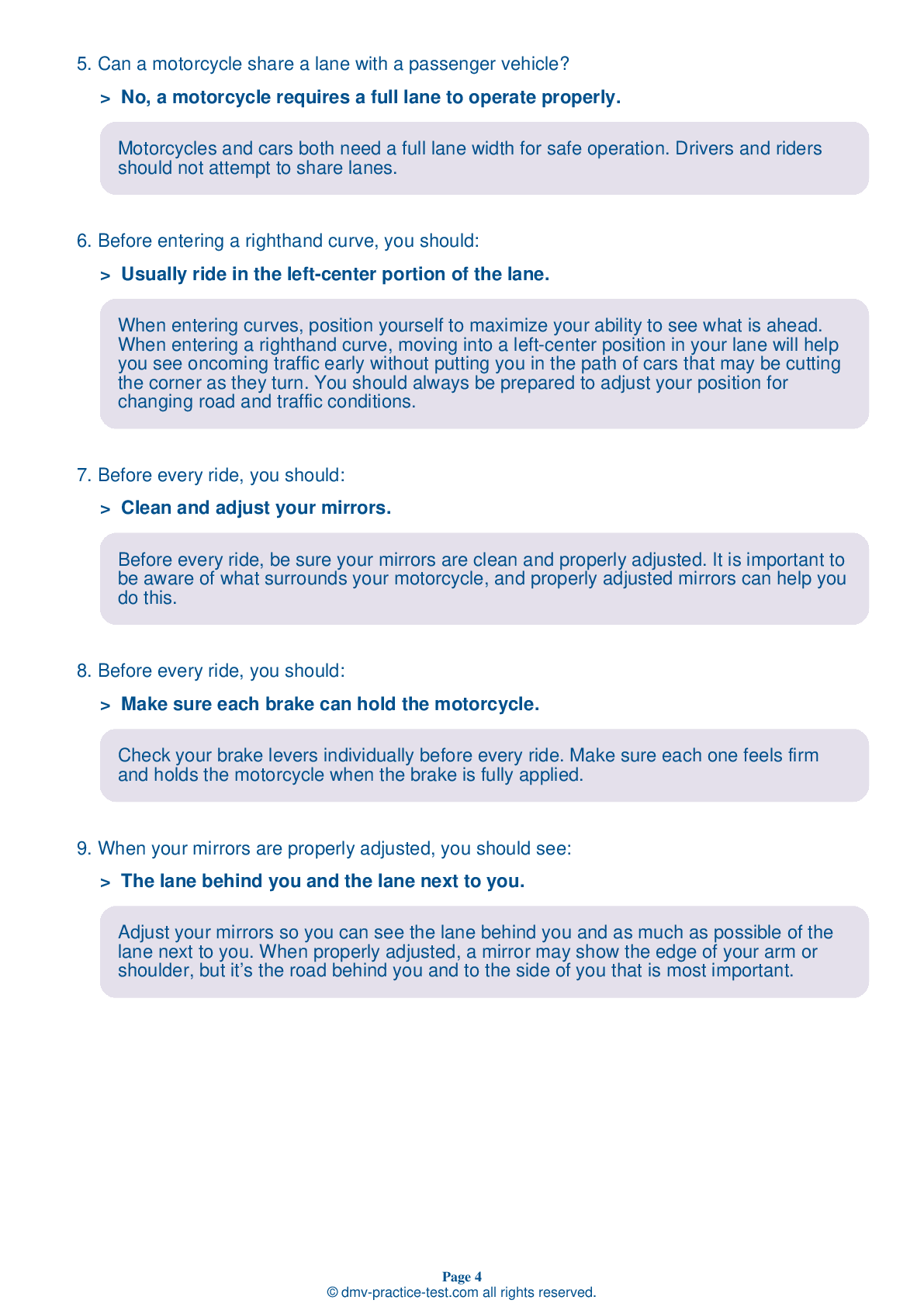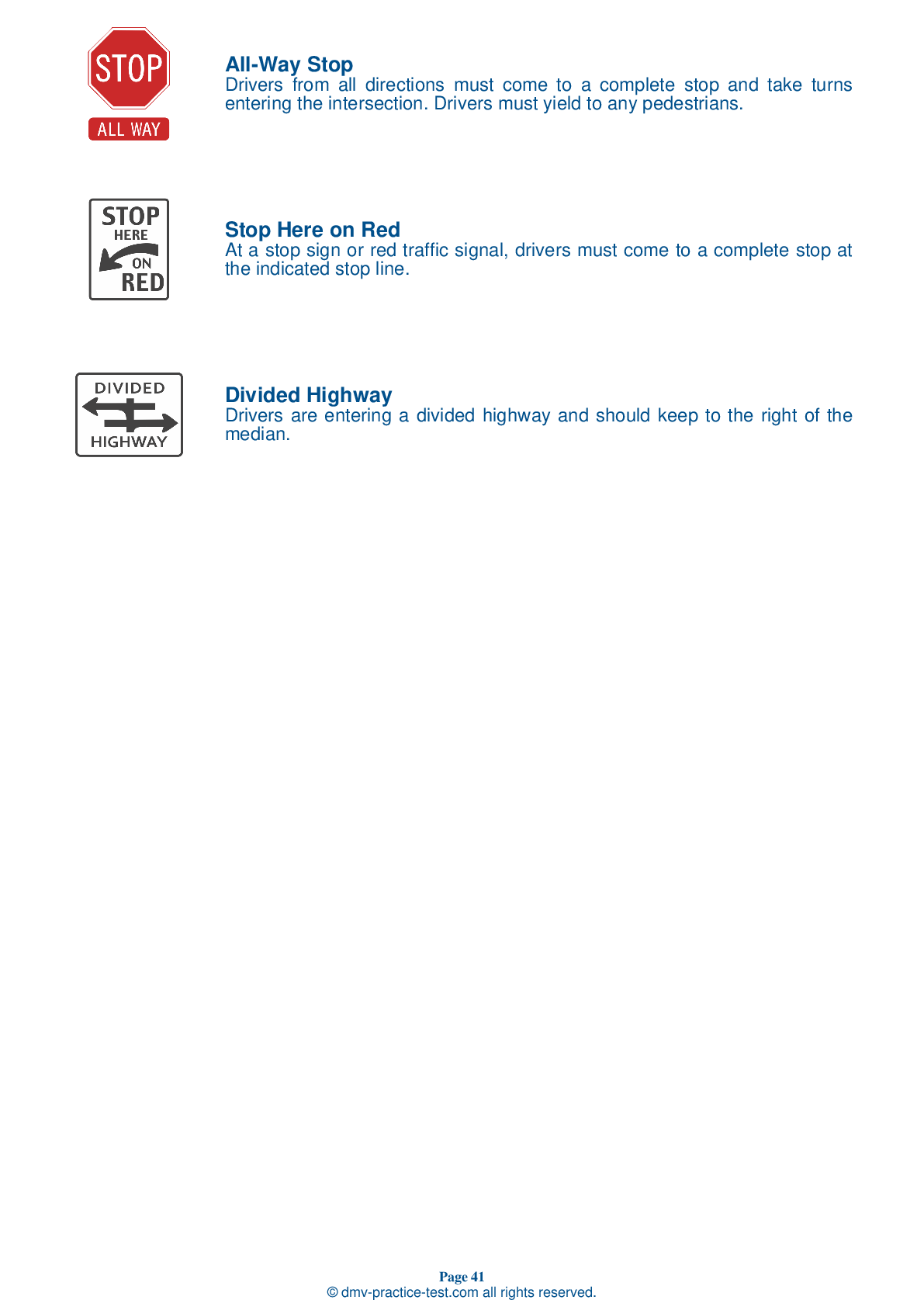Motorcycle Test | License AK 2025 | FREE Online Practice! #11 Page 3 of 4
Take this FREE motorcycle test (license in AK 2025) to check your knowledge of the road rules. To improve your results, download a motorcycle handbook online, study theory, and practice for free on our website. Still worried about how to get a motorcycle license in Alaska in 2025? Check our website for more sample tests, train as much as possible, and boost your grades!
13 . You should use your low beam headlight:
Use your high beam whenever you are not following or meeting a car, even during the day. Use your low beam when riding in fog.
14 . Before every ride, you should:
Perform safety checks before every motorcycle ride. Test your brake controls individually to make sure each one activates the brake lights.
15 . You should ride with your headlight on:
Riders should use their headlight at all times. An activated headlight is the best way to help other road users see them. During the day, a motorcycle with its headlight on is twice as likely to be noticed as a motorcycle with no headlight.
16 . Riders who do not wear helmets while riding are ________ to die in a crash than riders who do wear helmets.
No matter the speed, riders who are not wearing helmets are three times more likely to die from head injuries than riders who are wearing helmets at the time of a crash.
17 . Which formation is best for keeping the riders in a group close together?
A staggered formation is generally the best way for a group to maintain close ranks while also allowing each rider to maintain an adequate cushion of space. A single-file formation is preferable when taking curves, turning, or entering or exiting a highway.
18 . For the best protection, riding gloves should be made of:
Gloves should be made of leather or another durable material to provide proper protection for the wearer.
See the exact questions that will be on the 2025 Alaska DMV exam.
99.2% of people who use the cheat sheet pass the FIRST TIME
Jeneen was tired of paying $5/gallon. She got herself a scooter that required the motorcycle license. She studyed the motorcycle test cheat sheet and passed her test the next day!
Christopher tells us how he knew nothing prior to obtaining the motorcycle study guide, and he only got one question wrong because he clicked on the wrong answer by mistake.



